4. EXAMPLES ILLUSTRATING THE LITTLE CATALOGUE
Motif no 6b
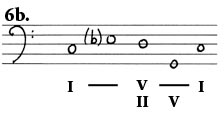
|

Example 171 : J.S. Bach : The Well-Tempered Clavier, vol. I, Prelude no 5, BWV 850 (mm 1-3)
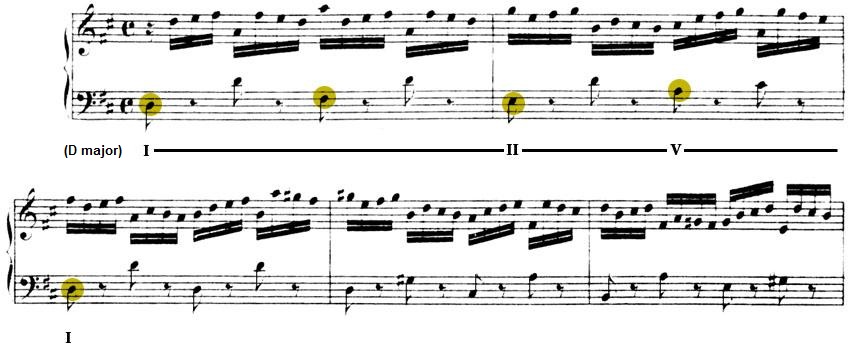
Example 172 : J. Brahms : Symphony no 2, op. 73, II, Adagio non troppo (mm 15-17)

See also example 220, measures 89-90.

Example 173 : A. Vivaldi : The Seasons, Summer, II (mm 1-3)
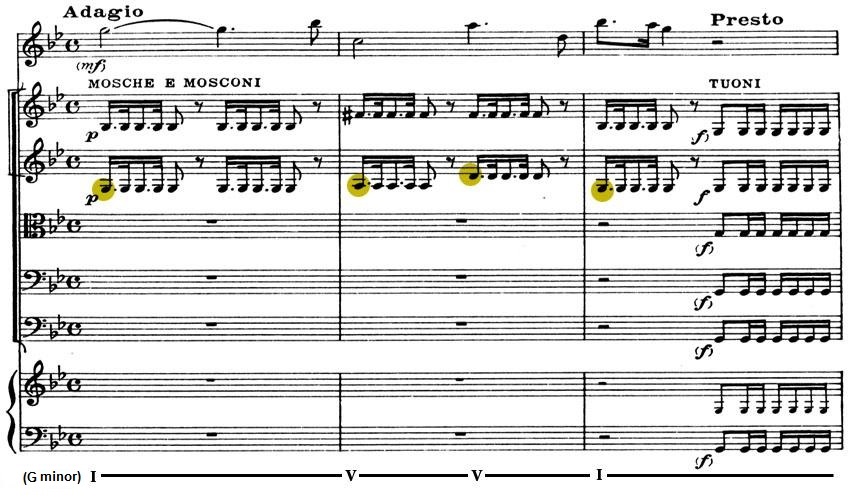
Example 174 : L.V. Beethoven : Concerto for violin in D major, op. 61, I (mm 330-351)
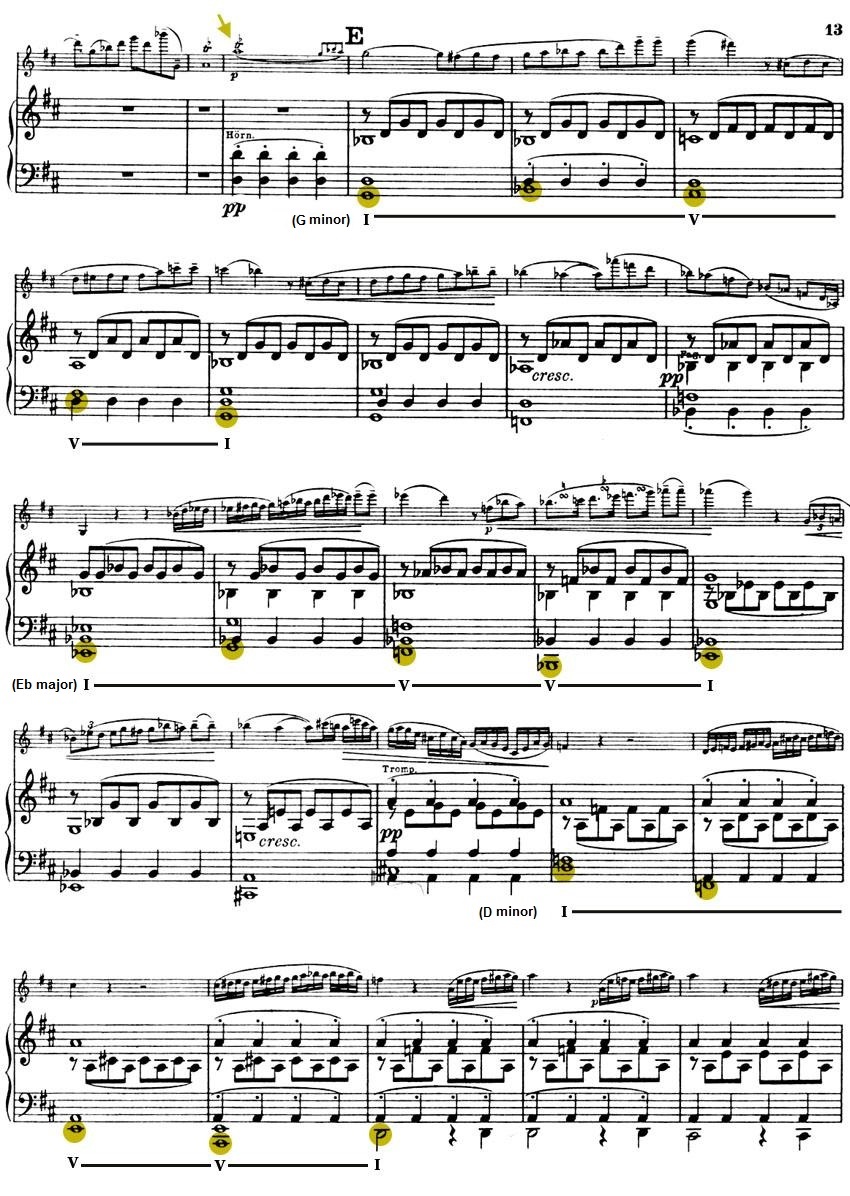
Example 175 : F. Mendelssohn : Songs Without Words, op. 19, no 1 (mm 1-3)

Example 176 : C.P.E. Bach : Württemberg Sonata no 4, II (mm 6-11)

Example 177 : F. Schubert : Schwanengesang, D. 957, no 14, Die Taubenpost (mm 1-3)

Example 178 : W.A. Mozart : Concerto for clarinet, K. 622, III, Rondo (mm 226-230)
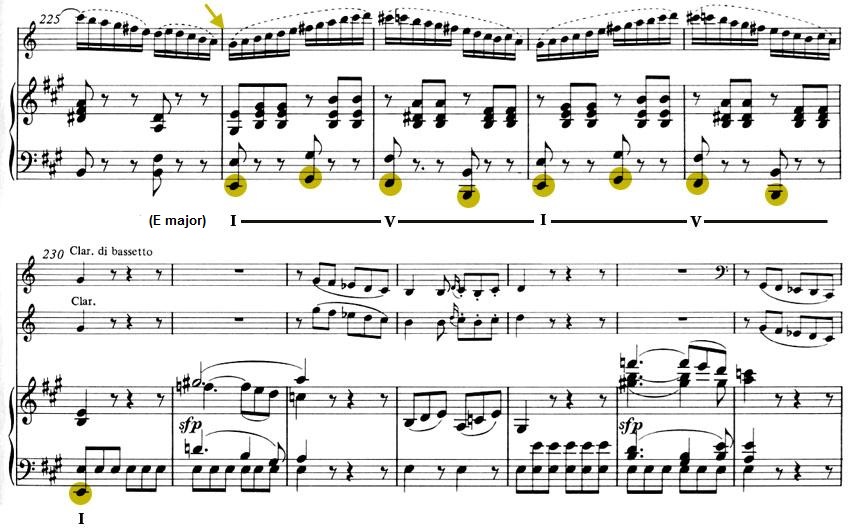
motif no 7 
